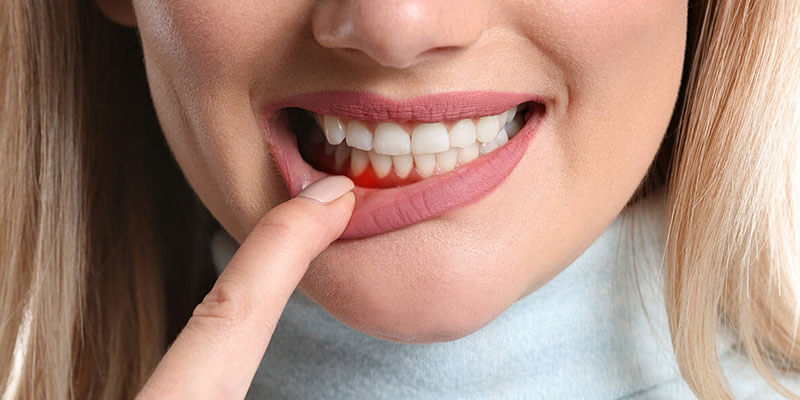What are the Signs of Gum Disease
Gum disease is a common oral health issue that is surprisingly easy to overlook. Not only do people tend to focus more on tooth health than gum health, but gum disease is often painless, making it even more likely to go unnoticed. Failing to spot this condition early on could have serious consequences since it’s one of the leading causes of tooth loss for adults. Fortunately, there are several signs of gum disease that can help you catch it while it’s still in its early stages.
About Gum Disease
Gum disease, which is also known as gingivitis, is an inflammation of the gum tissue caused by a buildup of plaque formation on the teeth and gum line.
Gingivitis refers to the early stages of gum disease. If your dentist diagnoses you with gingivitis, the treatment options are often minimally invasive. With a professional dental cleaning, followed up by a regular regimen of toothbrushing and flossing, gingivitis can usually be reversed.
Periodontitis is the more advanced form of gum disease. While periodontitis can still be treated, your dental professional may have to use more invasive techniques, like scaling and deep cleaning of the surfaces of your roots or removing bacteria and plaque from beneath your gum line, according to the Mayo Clinic. Periodontitis not only affects your gums, but it can also cause tissue and bone loss throughout the mouth. If this has already occurred, your dental professional may recommend you see a dental specialist who is a periodontist, who can recommend more advanced procedures that help regenerate the bone and tissue you’ve lost.
Signs of Gum Disease
The American Dental Association (ADA) reports that you may still have gum disease even if you don’t display any of these symptoms. To give yourself the best chance at fighting the disease, be aware of these common signs, and keep up with your regular dental checkups, which are essential for prevention and early detection.
- Swollen, red gums
- Gums that bleed easily
- Constant bad breath
- Gums that have pulled away (recession) from the teeth
- Pus in between the teeth
- Changes in bite
- Loose permanent teeth
Source: https://www.colgate.com




